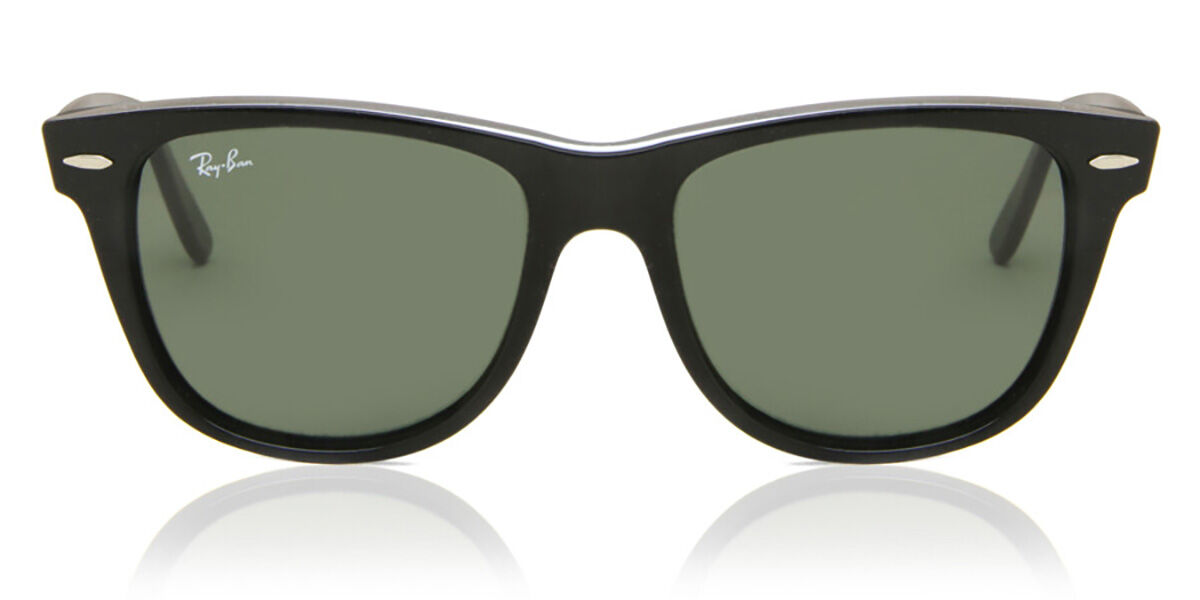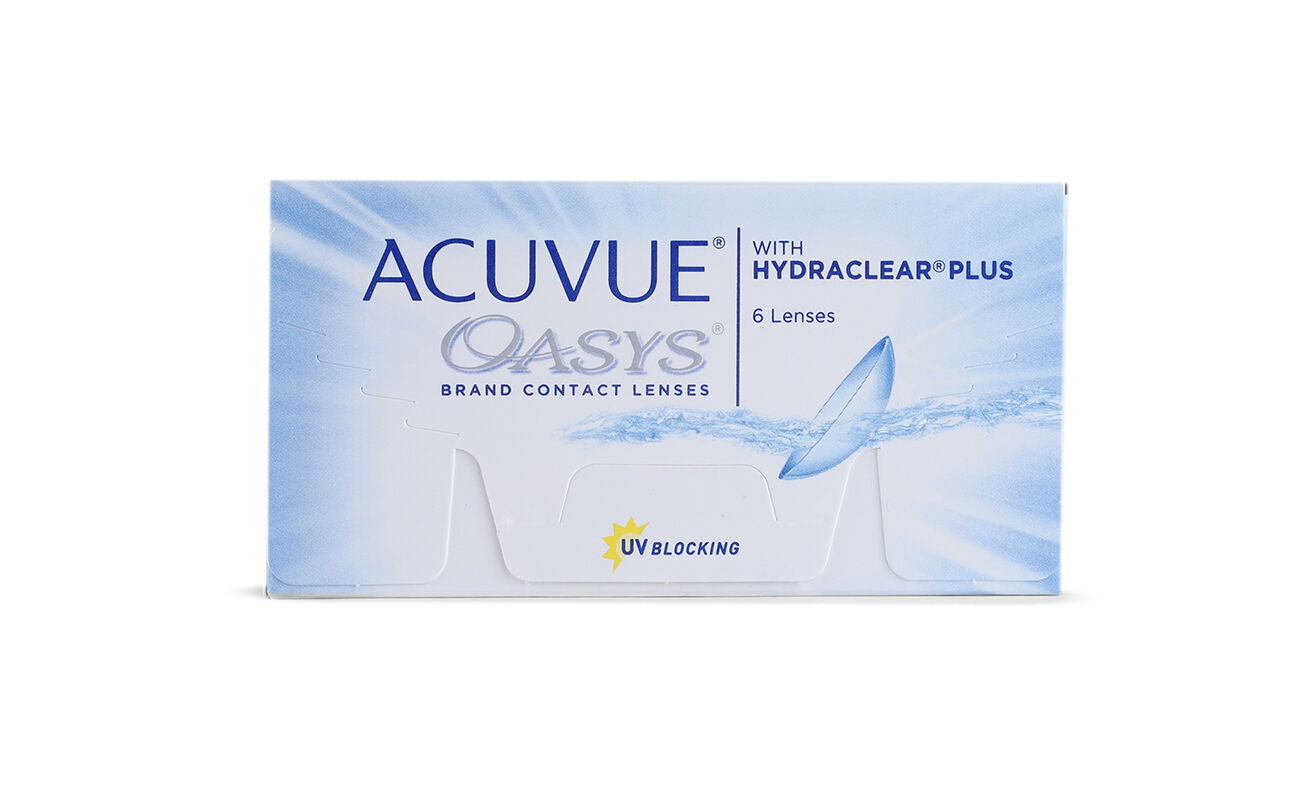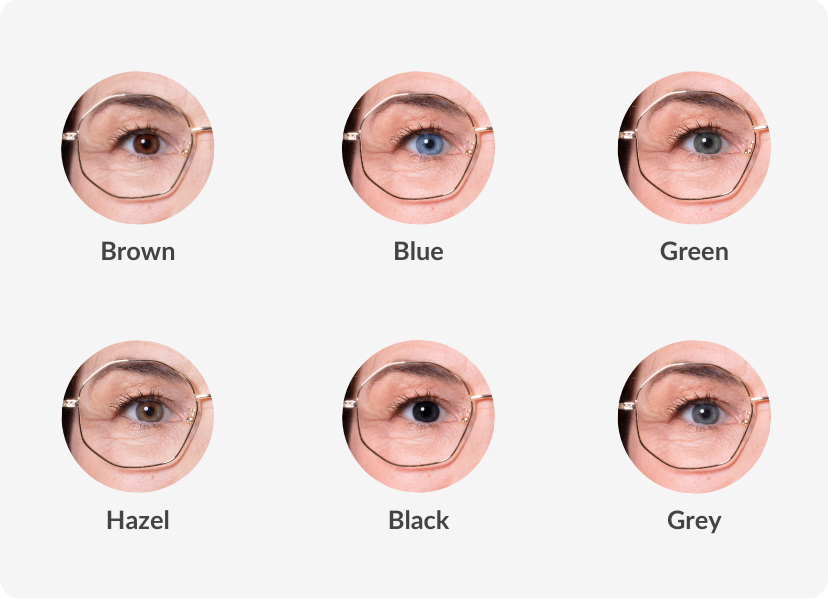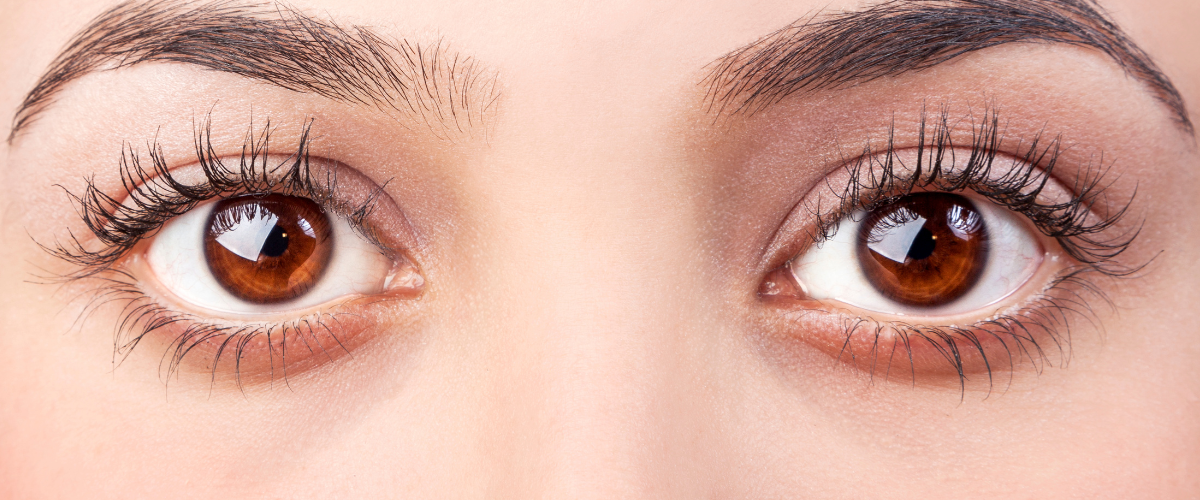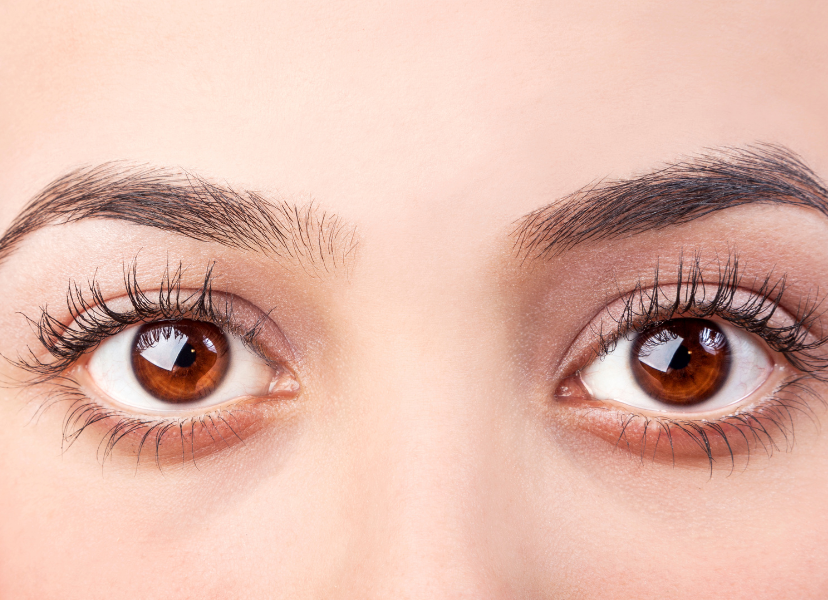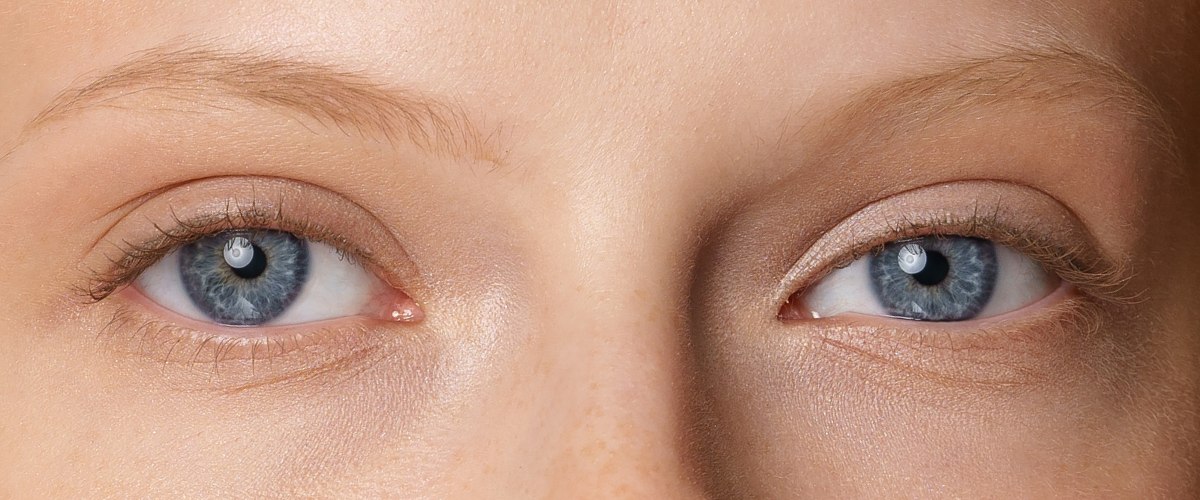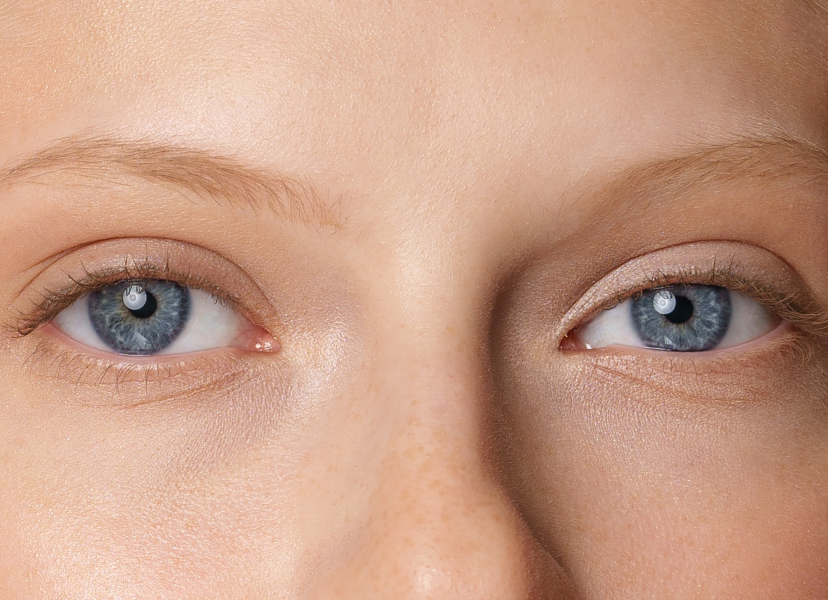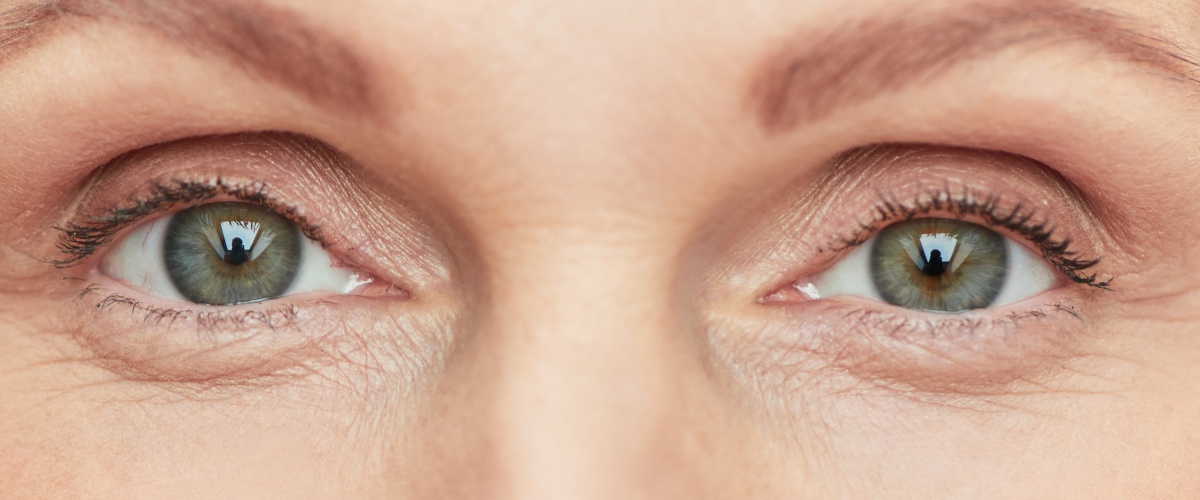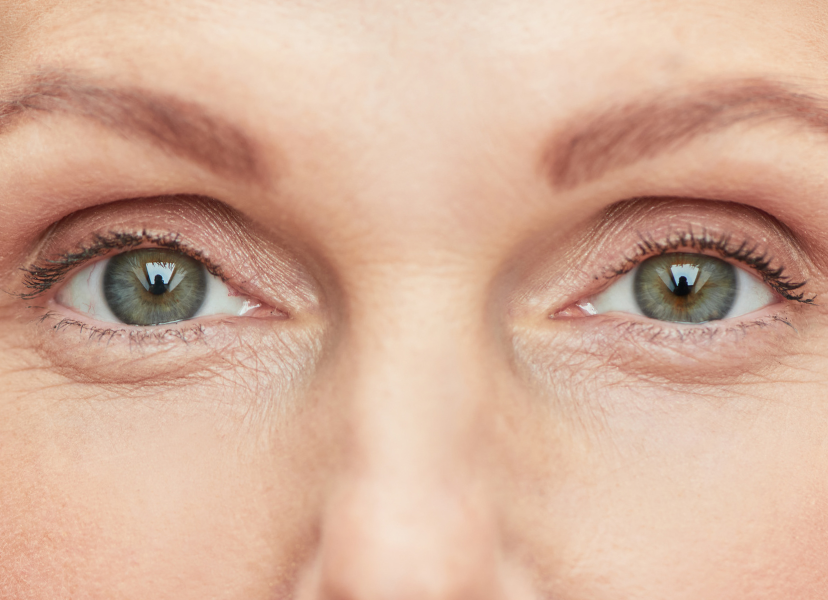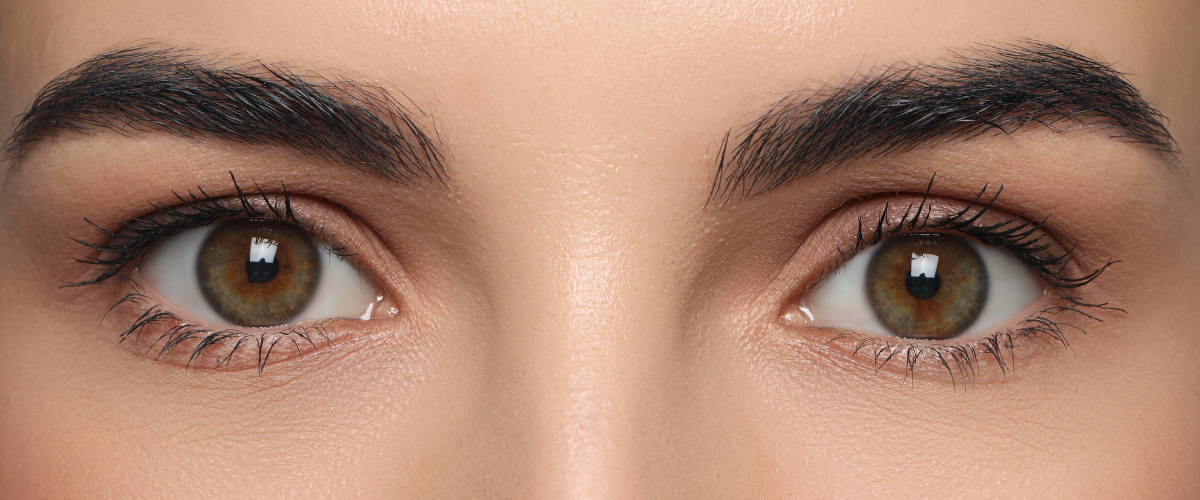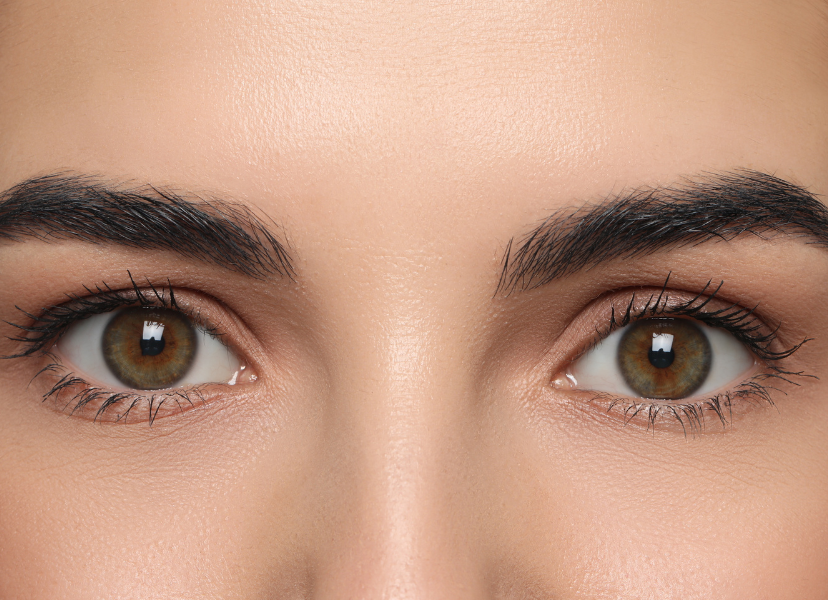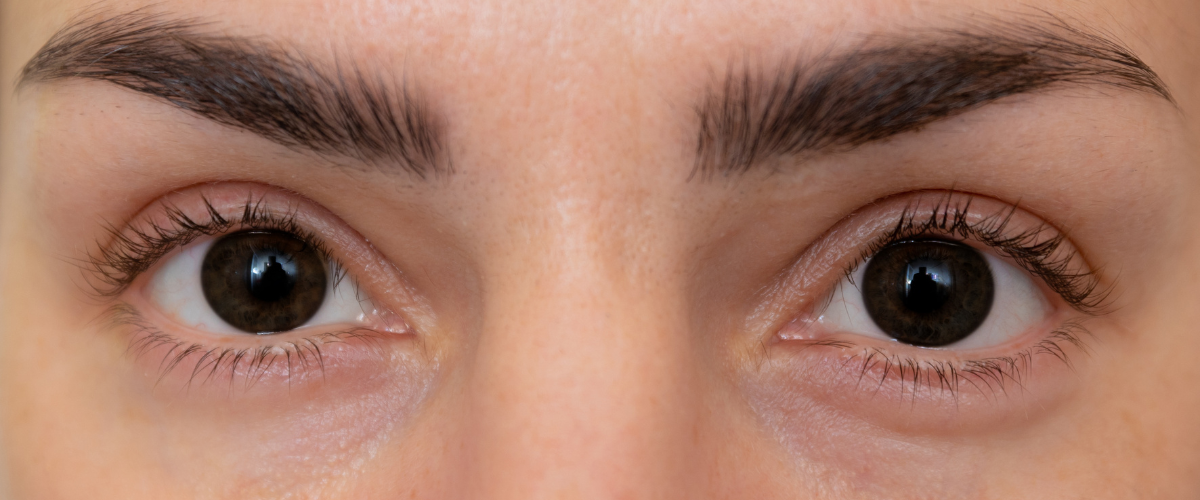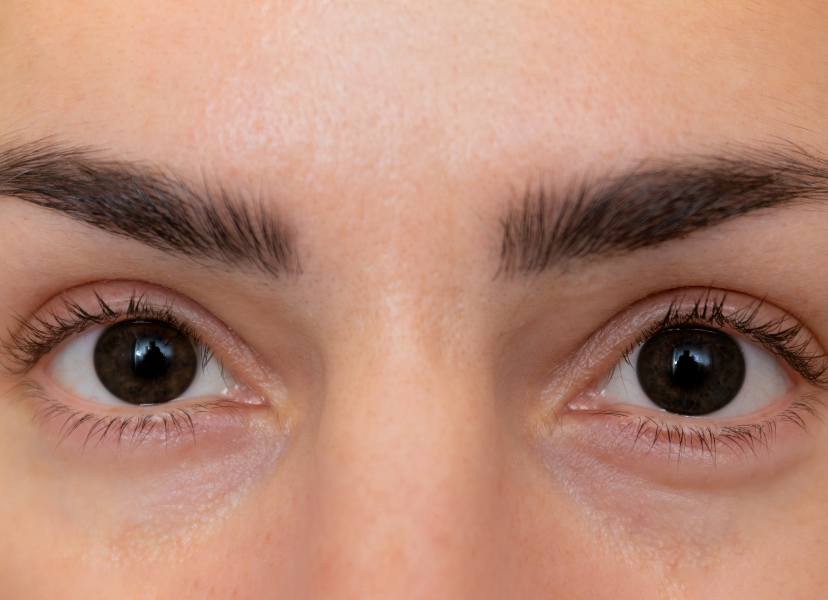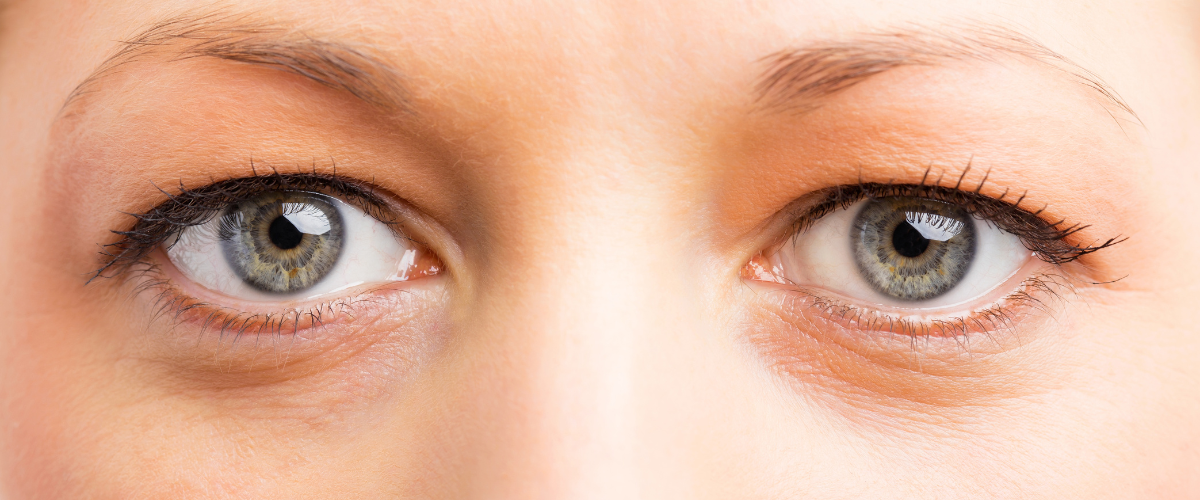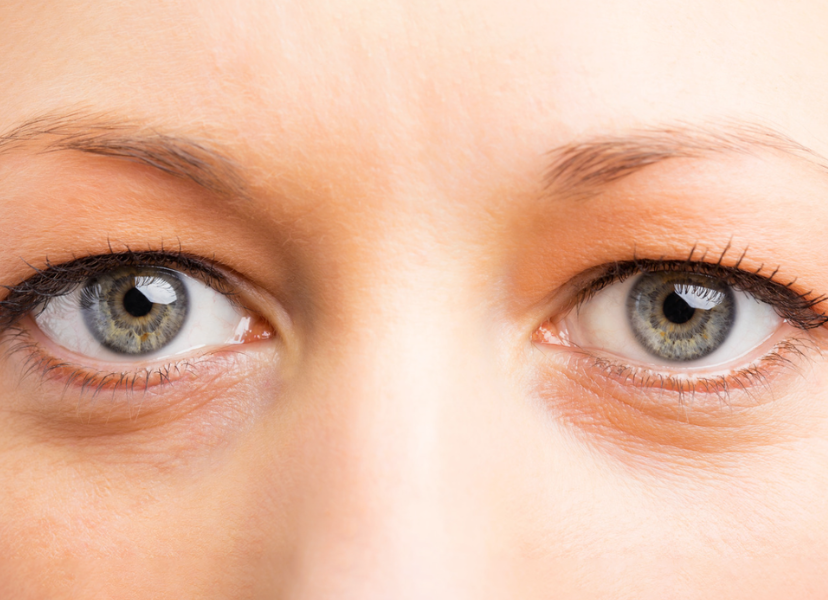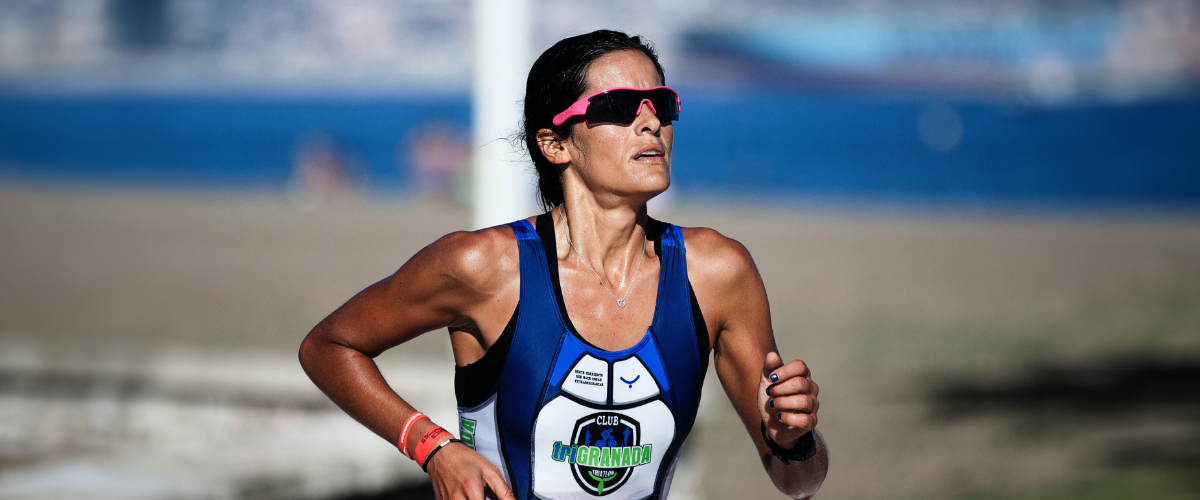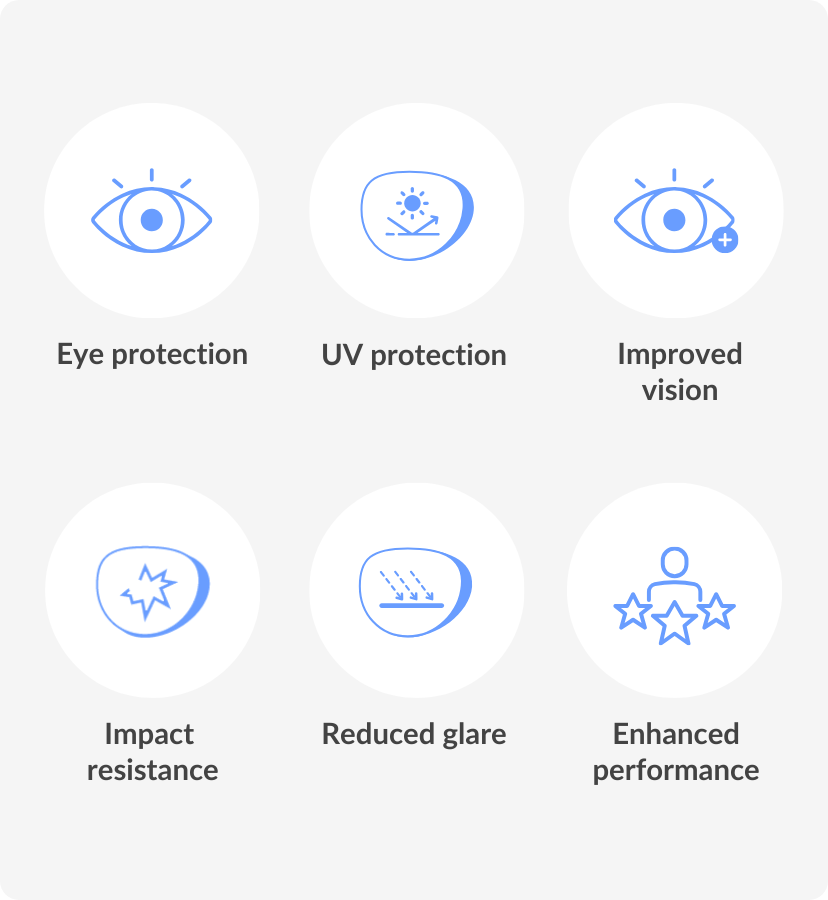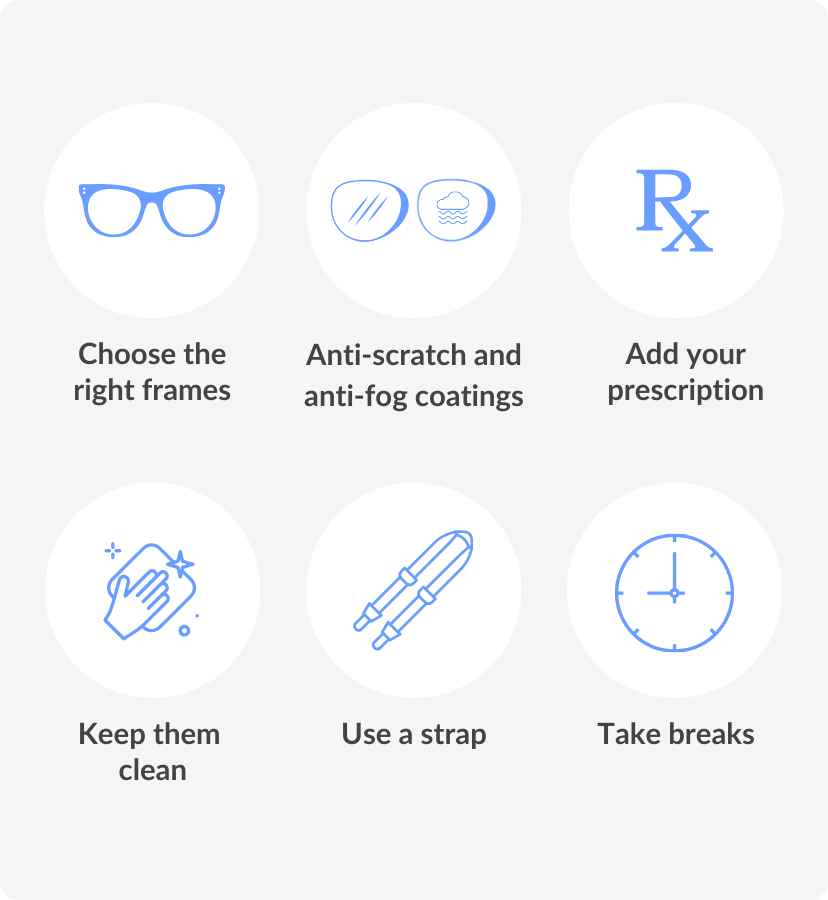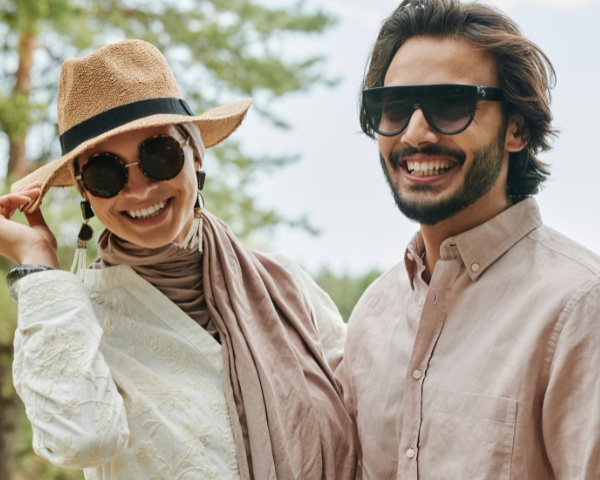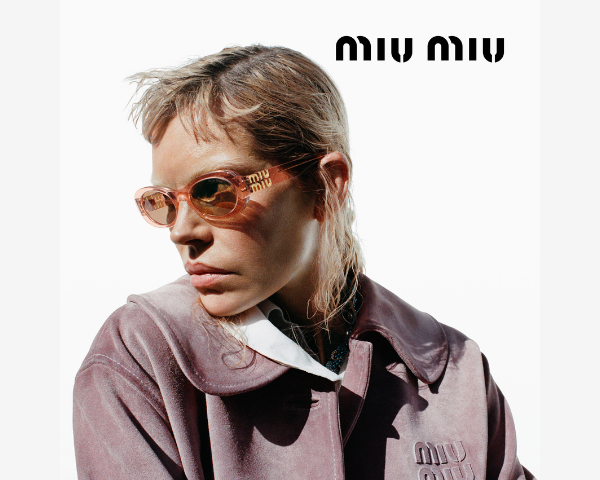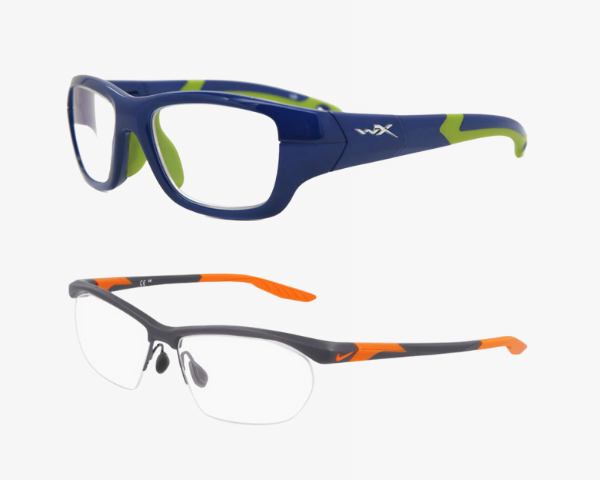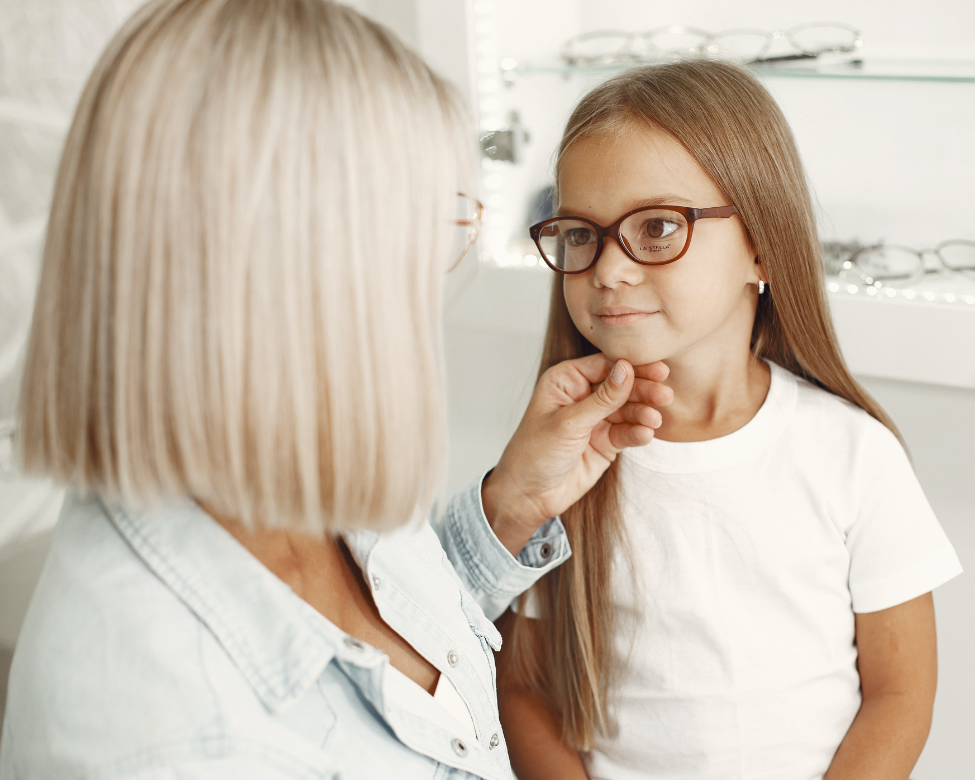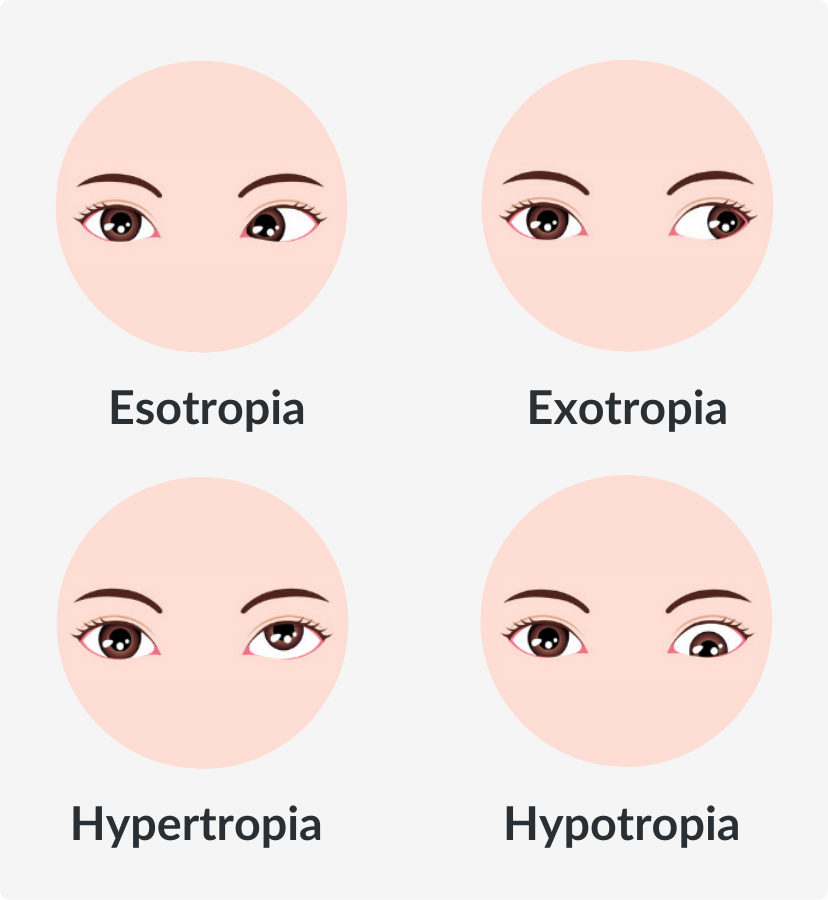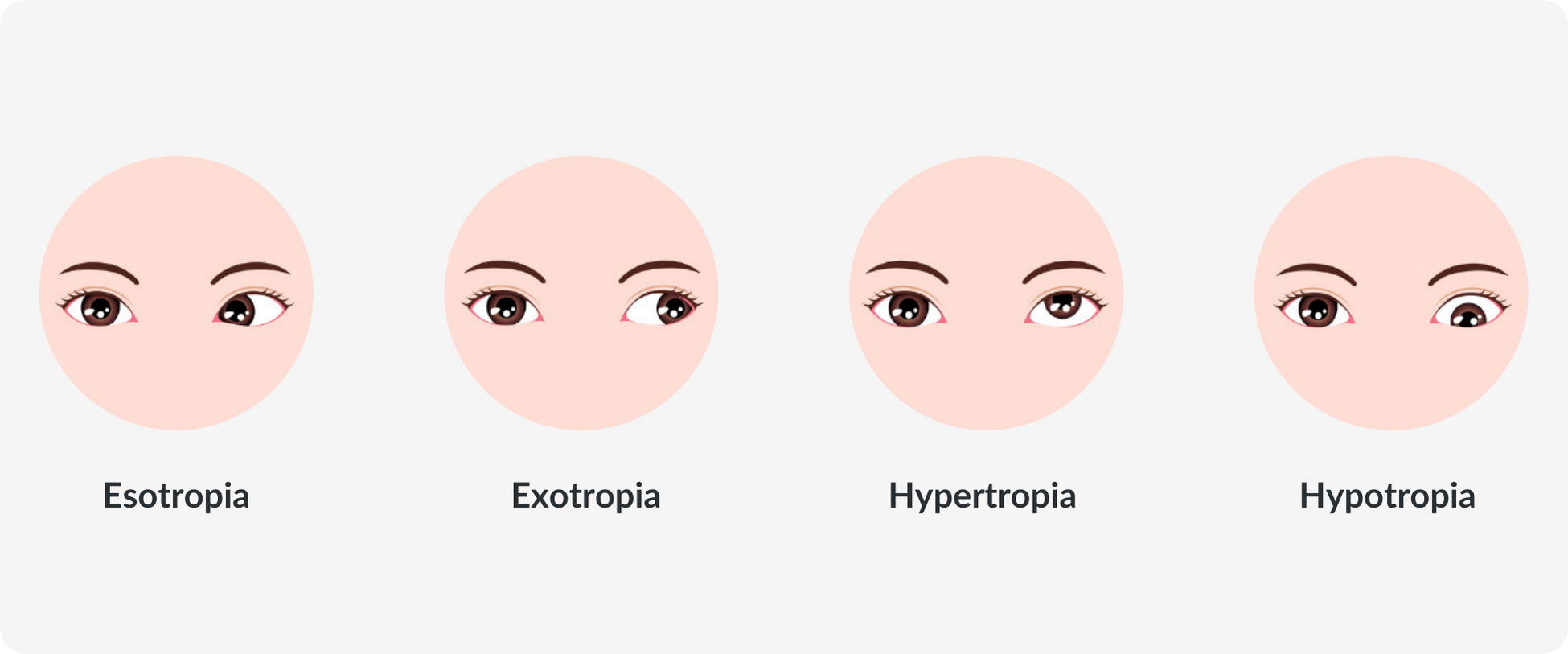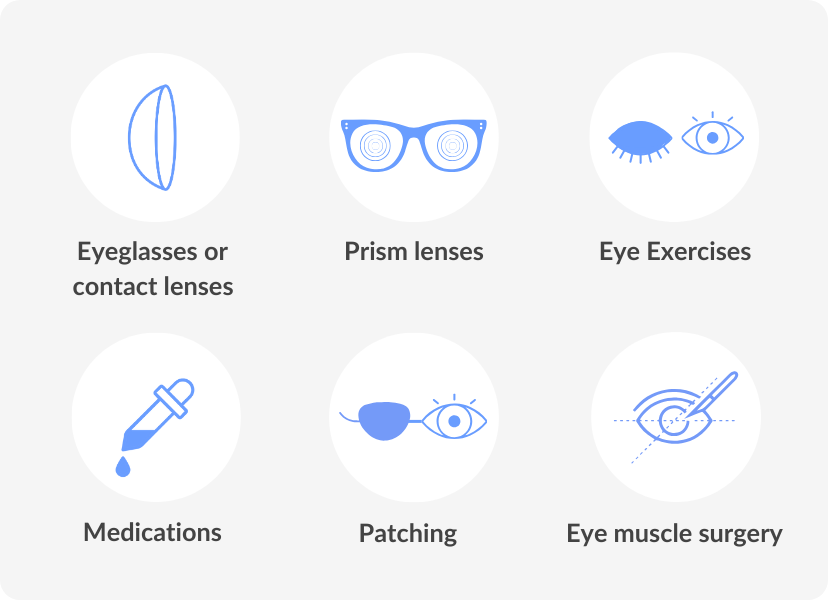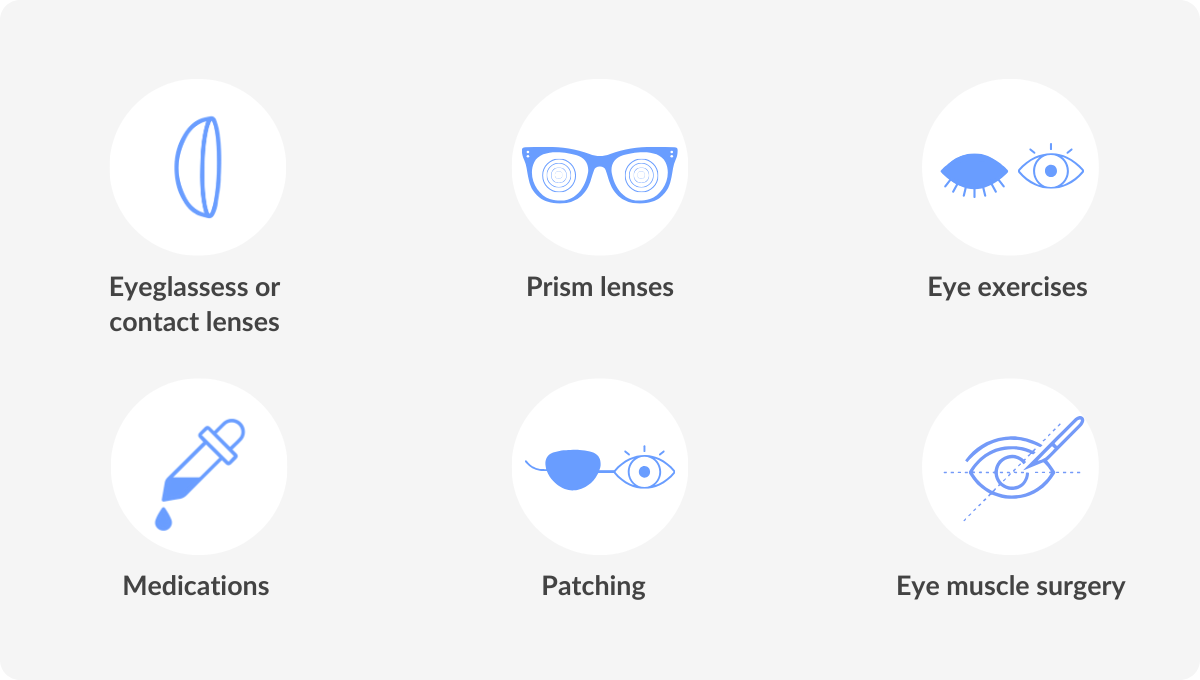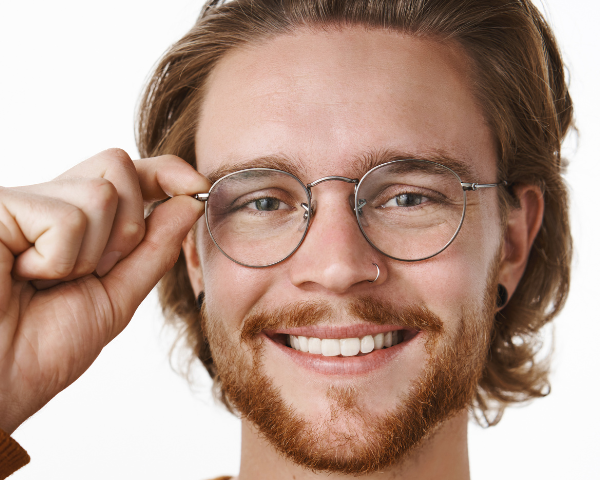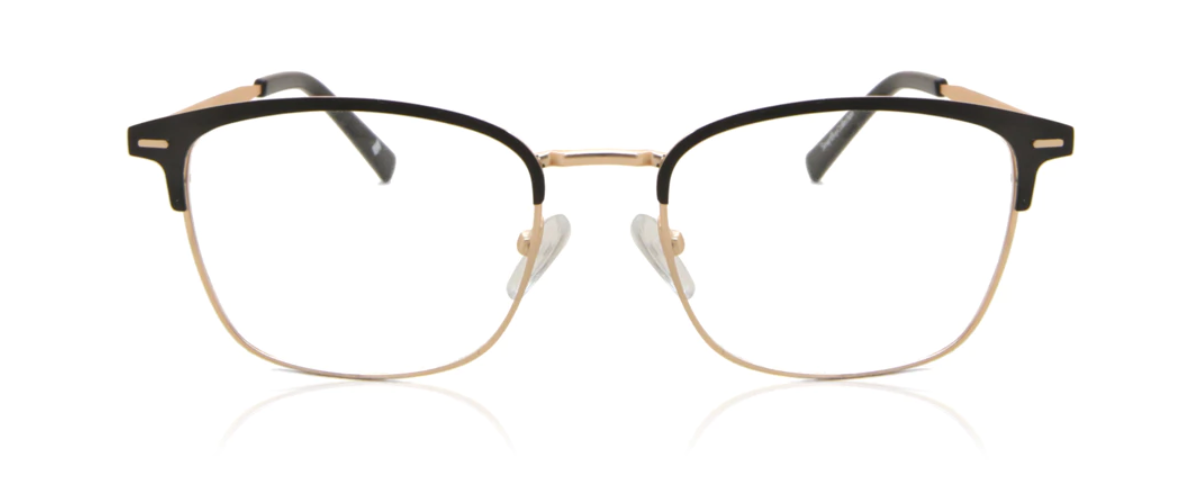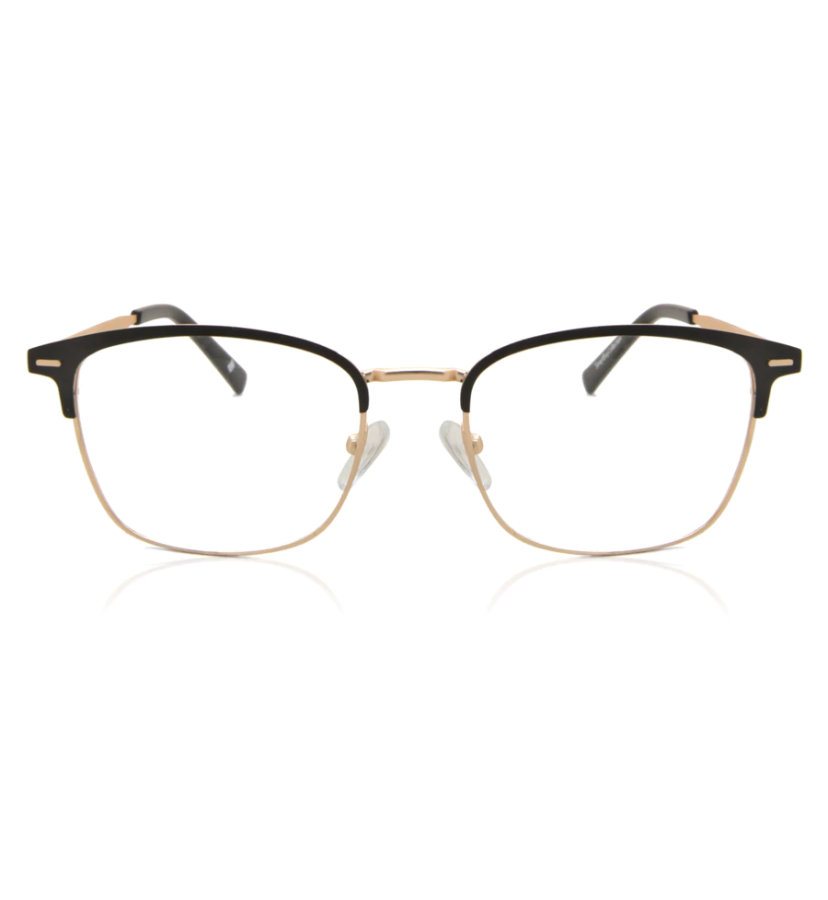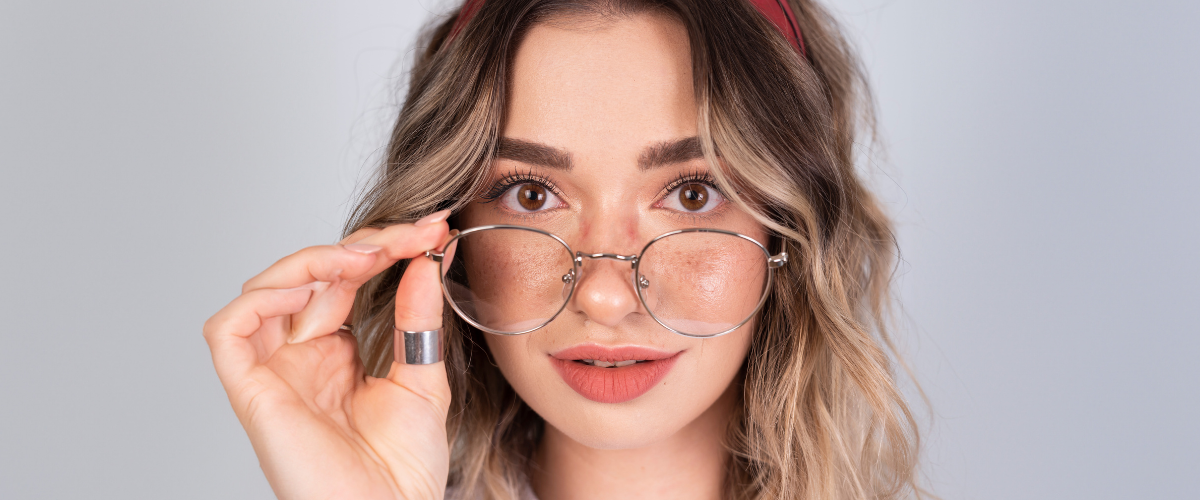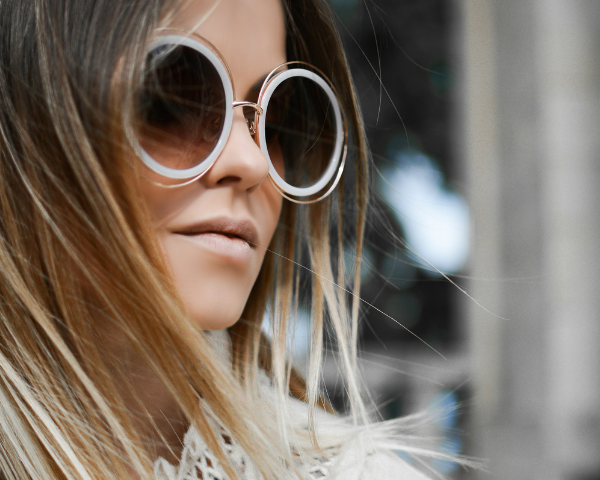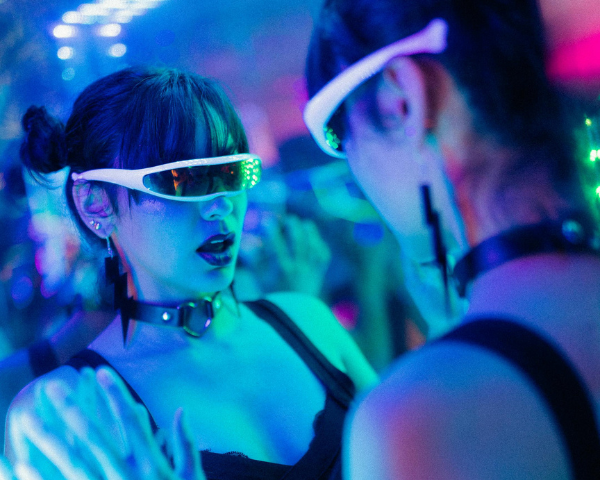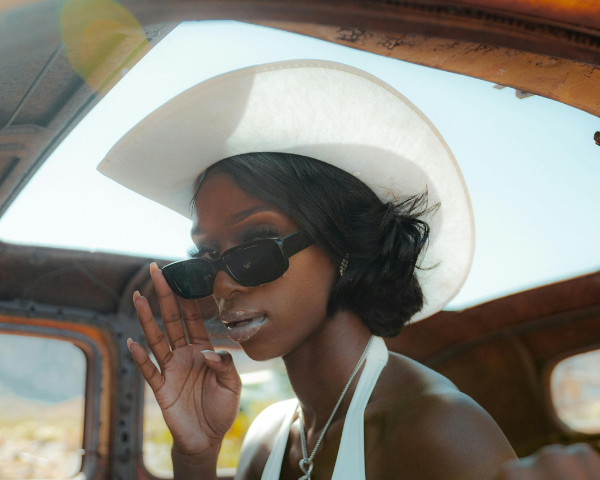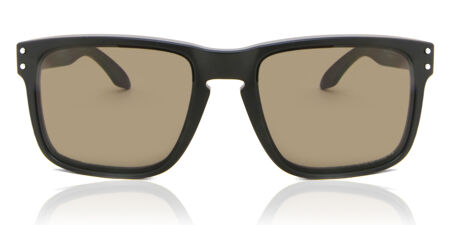Depending on your level of fitness and training, investing in high-performance eyewear or dedicated sports sunglasses, glasses, or sports goggles is a great option.
Regular eyeglasses and sports glasses serve distinct purposes and are designed with different features to cater to the wearer’s specific needs during various activities.
The first difference you may notice is the overall design and build. Prescription glasses are primarily designed and worn for vision correction.
They are typically made of plastic or metal, and their frames may be more delicate. Sports glasses, on the other hand, are engineered with durability and performance in mind.
They often feature robust, impact-resistant materials and sport-specific designs like rubber grips that prioritise functionality over fashion.
Everyday glasses are fitted with standard prescription lenses optimised for clarity in day-to-day activities. They may not offer features like UV protection, anti-fog coatings, or polarisation.
Sports eyewear can come with specialised lens technologies, such as polarised lenses to reduce glare, anti-fog and anti-scratch coatings for improved visibility and photochromic lenses that adapt in changing light conditions.
Another significant difference is that sports eyewear is designed to stay securely in place during vigorous activities.
Sport-specific frames often have features like rubberised nose pads and temple grips to prevent slipping, ensuring a stable fit.
Standard eyeglasses are not always designed to withstand high-impact activities. They may feature glass lenses which can break or shatter upon impact, posing a risk to the wearer.
Sport-optimised lenses are generally made of impact-resistant materials like polycarbonate or Trivex.
These materials are more durable and can protect the eyes from potential injuries caused by flying objects or collisions.
Wrap around style sports sunglasses are even better at protecting your eyes as they are designed to shield them from wind, dust and debris.







































